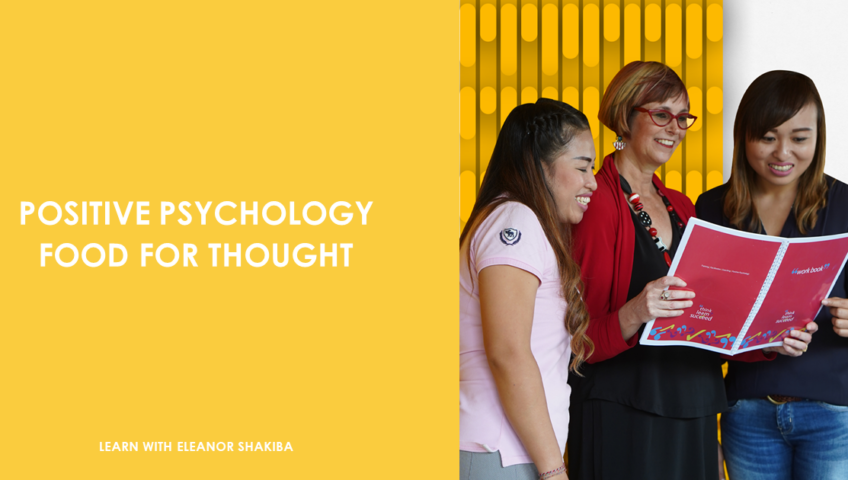Reality. Don’t take it for granted. It’s easy to assume that what you see is what you get, but that’s not really the case. Your perception of reality is shaped by a complex combination of sensory input and brain prediction. In fact, neuroscientists have found that your brain constructs your perception of reality by blending sensory input and guesswork.
For example, one study showed that when participants were shown two different images in quick succession, their brains actually combined the two images to create a new one. This means that what you see is not always an accurate representation of what is here. Simply put, your brain forecasts what should happen, drawing on past experiences and expectations. It then moulds your perception to closely align with these predictions.
This is why you might see something that isn’t there, like a shadowy figure in the dark. Your brain may be filling in the gaps based on previous experiences, creating an illusion of something that isn’t really present. Similarly, optical illusions work by tricking your brain into making predictions that don’t match with what is actually there.
Free e-book and video tips.Get your copy today!
|
|
So why does your brain do this? It’s all about efficiency. After all, you’re constantly bombarded by sensory information. That means your brain needs to make quick decisions to function efficiently. By creating predictions based on past experiences, your brain can process new information faster and more effectively. The benefit is that you can make decisions and take actions in real-time without needing to analyse all the sensory input. The downside is that what you think is real may not always be accurate.
So, next time you’re certain about something, remember that your brain is just doing its best to make sense of the world. Your perception of reality is a combination of sensory input and guesswork, constantly updating and evolving based on new experiences. Keep an open mind and be aware of how your brain may be shaping your understanding of the world around you. So question everything, challenge your assumptions and embrace the ever-changing nature of your reality.
For more details about this fascinating area of study, read the source article here.
This article summary was created by Eleanor Shakiba
Eleanor is a leadership trainer, success coach and people skills expert. She helps managers and business owners build thriving teams and organisations, using tools from Positive Psychology. She's trained more than 60,000 people during her career as a corporate trainer and professional development consultant. Her mission is inspiring talented people to become leaders who make a difference.

